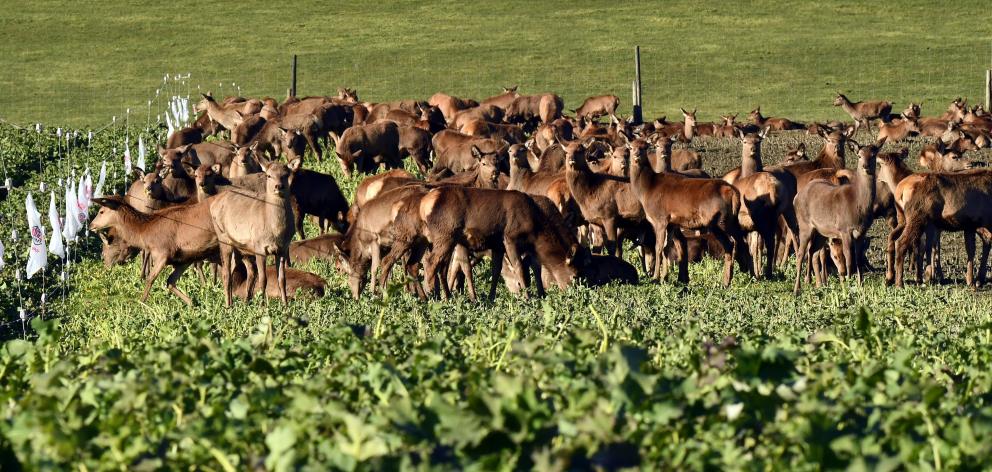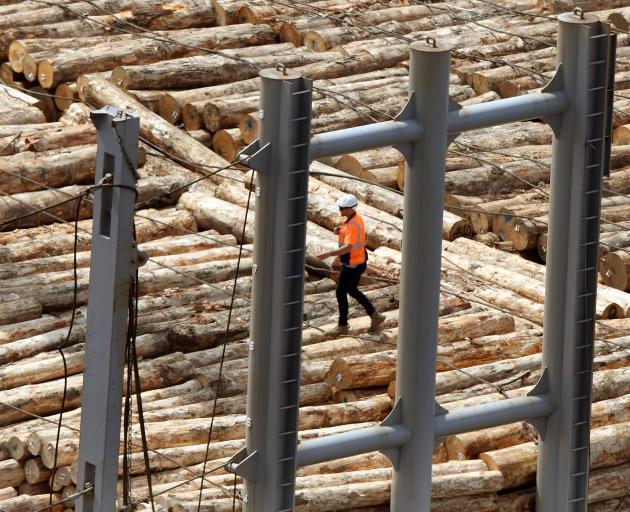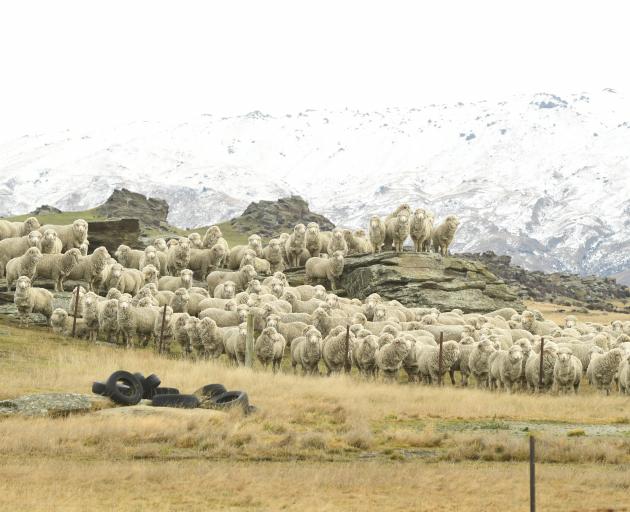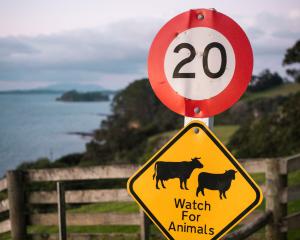
Mr O'Connor released the latest Ministry for Primary Industries' Situation and Outlook report at the National Fieldays at Mystery Creek this week.
Revenue was forecast to reach $45.7billion for the year to June 2019, up 7.1% on the previous financial year and slightly above the March 2019 forecast.
It was the second straight year of substantial export growth, with significant gains across most primary industry products, Mr O'Connor said.
"Export performance is up nearly $7.5billion over the last two years. That's incredibly impressive considering the weakening global economic environment and a rising sense of uncertainty in global markets," he said in a statement.
Sustained demand from China and South East Asia was supporting prices for dairy exports.
Horticulture and pasture-based production excelled in most areas, with red meat weights and milk production both high, and kiwifruit production up 25% on the 2018 harvest.

Over the next year, a focus on higher value products, combined with ongoing favourable exchange rates, was expected to support export revenue growth.
Dairy export revenue was forecast to increase 5.7% to $17.6billion in 2019, supported by strong milk production and sustained global demand.
Global dairy commodity prices had experienced significant volatility over the year, affecting returns across several important products.
However, a recovery in global prices, which began in late 2018, would bring export revenue growth continue into 2020, supporting relatively strong farmgate milk payouts over the medium term.
The prospects for strong payouts on top of increased production would help to boost on-farm profitability levels for the current season.

Despite that, Reserve Bank figures showed that, as at March 2019, dairy sector debt had increased slightly to $41.3billion, up 0.9% from a year ago.
The dairy sector accounted for two-thirds of total primary sector lending in New Zealand. Although the number of dairy farms under financial stress had been falling in recent years, with stronger milk prices allowing many farms to make progress in repaying debt, some more financially vulnerable businesses with larger debts were continuing to struggle to make profits.
DairyNZ statistics showed the average break-even milk solids price for owner-operator dairy farms had increased from $5.17 in 2017 to $5.87 in 2018 which confirmed the increasing financial pressures faced by the sector.
Meat and wool export revenue was forecast to lift 6.4% to $10.2billion in the year ending June 2019.
Strong prices and good weather had combined to push export revenues above $10billion for the first time.
Red meat prices had generally risen since 2014 and were forecast to continue increasing over the medium term.
That price strength had been driven by continued demand out of Asia, supported by a weaker New Zealand dollar.
However, a slight softening in lamb and mutton prices was expected in the next one to two years, once Australia's flocks recovered from drought.
Overall, rising demand for sheep meat had driven prices for lamb and mutton exported to China up by almost 45% over the last two years.
The outbreak of African Swine Fever in China introduced a significant upside risk to all meat prices depending on how the situation evolved, not just pork prices.
Meat and wool sector exports were forecast to fall 2.5% in the year ending June 2020 to $9.9billion, with lamb and mutton exports being the main contributor to that.
Lamb and mutton prices were expected to fall from the current record prices, and production was expected to decline due to falling breeding ewe numbers.
Average farm profit for the 2017-18 season on sheep, beef and deer farms was $209/ha, according to Beef + Lamb New Zealand - the highest since 2011-12.
With good pasture growth, higher lamb and mutton prices, and stable beef schedule prices, the 2018-19 season was likely to be similarly profitable.
Revenue from sheep was expected to increase, offsetting an expected dip in cattle revenue. On-farm expenditure was also expected to rise, mostly related to labour and fertiliser.
Lower export volumes were expected to drive an 8.2% fall in venison export revenue in the year ending June 2019 to $180million.
Over the past year, export prices were near record levels and were 30% higher than the five-year average.
Looking ahead to the year ending June 2020, export volumes were forecast to remain steady and prices were expected to fall back to more sustainable levels as they returned to a typical seasonal pricing pattern.
New Zealand's main venison export market composition had also been changing with the United States now importing more than Germany.
Velvet was performing well for the third consecutive year and was on track to match last year's export revenue of $63million.
Export prices were historically high due to strong demand from the key growth market of South Korea.
New Zealand's deer herd had grown 2.4% over the past two years to 851,000 as at June 2018. That was being driven by renewed enthusiasm in the industry on the back of strong prices for both venison and velvet.
Forestry export revenue was forecast to rise to $6.9billion in the year ending June 2019, an increase of 7.8% from the previous year.
Harvest volumes hit a record 37million cubic metres in the year ended March 2019, boosting the volume of logs exported.
The majority of the increase in exports and harvest volumes could be attributed to strong log demand from China, driving up prices and pushing small-scale harvest schedules forward.
Despite that, the total amount of wool processed in New Zealand had increased 2.3% in the year to March 2019, supported by robust domestic construction activity and stable export volumes of processed wood products.
Forestry export revenue was forecast to fall slightly in the year ended June 2020 with steady harvest volumes and a slight decrease in processed wood product exports.
Over the medium term, forestry export revenue was forecast to increase 1%-2% annually to $7.1billion in the year ended June 2023.
Nationally, there was still ample supply of wood available over the outlook period, and China's demand for logs was assumed to remain strong.













